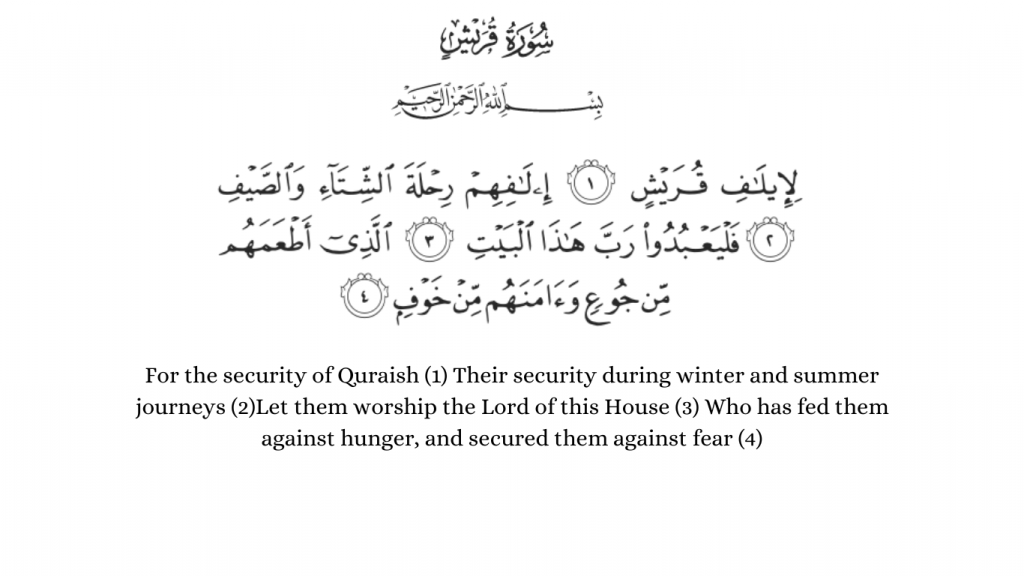The Quraysh tribe occupies a crucial role in Islamic history, closely linked to the Prophet Muhammad and the spread of Islam. This post explores the Quraysh, highlighting their appearances in the Quran and their significant influence on Islamic teachings. By delving into this rich history, we gain a deeper understanding of Islamic culture and its foundational periods. This exploration not only enriches our knowledge but also strengthens our connection to the roots of Islam.
The Historical Significance of the Quraysh Tribe
The Quraysh tribe is pivotal to early Islamic history due to its ties with Prophet Muhammad and its influence on the social, political, and economic realms of pre-Islamic Arabia. Their story is key to understanding the context in which Islam emerged and spread across the Arabia n Peninsula and beyond. This tribe’s role sheds light on the complexities that shaped the early Islamic era.
Origins and Social Structure
The Quraysh were a merchant tribe that dominated Mecca, a city that was already a religious and commercial hub due to the presence of the Kaaba. The tribe was divided into various clans, each with specific roles within the social and economic life of Mecca. Prophet Muhammad himself was born into one of these clans, the Banu Hashim, which was respected but not among the wealthiest.
Economic Influence and Religious Significance
Economically, the Quraysh were astute traders who managed lucrative trade routes connecting Arabia to the larger Byzantine and Persian empires. This trade not only brought wealth but also exposed them to various religious and cultural influences. The annual pilgrimage season, Hajj, was a significant source of income. Tribes from across the Arabian Peninsula would gather in Mecca to worship at the Kaaba. This site, considered a sacred sanctuary, housed various idols and played a central role in their religious practices.
The religious significance of the Quraysh stemmed from their role as custodians of the Kaaba. This position granted them considerable authority and respect among other Arab tribes, consolidating their power and influence.
Leadership and Governance
The Quraysh’s governance structure was based on a council of elders from the leading clans, who would make decisions regarding the tribe’s affairs, including trade agreements, alliances, and disputes. This council ensured that while power was centralized, it also accommodated the interests of different influential families within the tribe.
The Quraysh and the Rise of Islam
As Islam began to take root with Prophet Muhammad’s revelations, the Quraysh faced a profound challenge. Muhammad’s monotheistic teachings threatened the polytheistic beliefs that not only underpinned the religious practices surrounding the Kaaba but also the economic benefits derived from the pilgrimages. Initially, the Quraysh opposed Muhammad’s message vehemently, leading to severe persecution of him and his early followers.
Prophet Muhammad’s Relationship with the Quraysh
Prophet Muhammad’s relationship with the Quraysh tribe was complex and evolved significantly over his lifetime. Born into the respected Hashim clan, part of the larger Quraysh tribe, Muhammad was initially well-regarded within Meccan society. His early years were marked by a typical affiliation with his tribe, which was not only a source of identity but also of protection and status in the tribal society of pre-Islamic Arabia.
Early Support and Initial Backlash
As Muhammad grew and began to receive revelations from God, proclaiming the message of monotheism, his relationship with the Quraysh began to change. The core of his message, which emphasized the worship of one God and the abandonment of polytheism, struck at the heart of Quraysh power and prestige. The Kaaba, which they controlled, housed idols of numerous gods and attracted pilgrims from all over Arabia, ensuring economic prosperity and social power for the tribe.
When Muhammad started preaching openly, many members of the Quraysh, especially those from rival clans, saw his monotheistic teachings as a direct threat to their social and economic interests. The initial support he might have enjoyed due to his noble lineage quickly eroded, leading to a period of persecution.
Escalation of Conflict and Attempts at Reconciliation
As Muhammad’s following grew, so did the animosity from the Quraysh. They imposed social and economic sanctions on Muhammad and his followers, severely straining the early Muslim community. This period tested the resilience and faith of the Muslims and demonstrated Muhammad’s steadfastness and commitment to his message.
In various instances, the Quraysh tried to negotiate with Muhammad, offering him wealth, power, and status in exchange for ceasing his preaching. Muhammad famously declined these offers, maintaining that he would not abandon his mission even if offered the sun in his right hand and the moon in his left.
The Mention of Quraysh in the Quran
The Quraysh tribe holds a significant place in the Quran, particularly through direct mentions that highlight their role and responsibilities. These mentions are crucial for understanding the Quranic perspective on the social dynamics of early Islam, the responsibilities of the Quraysh, and the divine expectations of them. Here, we’ll explore key verses (Ayats) that discuss the Quraysh and their roles, providing insight into their historical and religious context.
Surah Quraysh (106)

Explanation:
“Ilaf” refers to the treaties and accustomed security that facilitated the Quraysh’s caravans, which traveled in winter to Yemen and in summer to Syria. These verses remind the Quraysh of God’s favors, providing them with food and security. In gratitude, they are urged to worship only God, the protector and sustainer who made their prosperity possible.
Surah Al-Fil (105)
While not mentioning the Quraysh by name, Surah Al-Fil indirectly refers to them by discussing the events surrounding the Year of the Elephant, which is the year when Prophet Muhammad was born. This Surah recounts how God protected the Kaaba from an army that intended to destroy it:
- Have you (O Muhammad) not seen how your Lord dealt with the Owners of the Elephant?
- Did He not make their plot go astray?
- And He sent against them birds in flocks,
- Striking them with stones of Sijjil.
- And made them like eaten straw.
Explanation:
“Owners of the Elephant” refers to an Abyssinian expedition to destroy the Kaaba. God’s miraculous protection of the Kaaba, a central custodianship of the Quraysh, underscored the sanctity of the site and, by extension, highlighted the importance of the tribe’s role in safeguarding this holy site.
References in Other Surahs
The Quraysh are mentioned in various contexts throughout the Quran. These references highlight their interactions with Prophet Muhammad and the early Muslim community. They often critique the opposition some tribe members had against Muhammad’s message. Eventually, many accepted Islam, providing moral and spiritual lessons for Quranic readers and listeners.
The Modern Relevance of Studying the Quraysh
Studying the Quraysh is more than an academic exercise; it offers contemporary lessons on leadership, community building, and interfaith relations. The tribe’s transformation from Prophet Muhammad’s staunch opponents to his ardent supporters is a testament to the power of faith and forgiveness.
Dive Deeper into Islamic History
Are you fascinated by the rich tapestry of Islamic history? Our comprehensive history curriculum at IQRA Network covers these topics and more, offering deep dives into the formative periods of Islam and the significant figures who shaped its early days. Explore our course offerings and sign up today to expand your knowledge!
Join Our Learning Community
Interested in learning more about the Quraysh, their significance in Islamic teachings, and other pivotal historical narratives? Sign up for our program at IQRA Network and join a vibrant community of learners and scholars dedicated to exploring the depths of Islamic history and culture. Don’t miss this opportunity to enrich your understanding and appreciation of this crucial period in history.
Conclusion
The legacy of the Quraysh tribe is intricately woven into the fabric of Islamic history. Their story, from the pre-Islamic era through the dawn of Islam, offers valuable insights into the dynamics of change and continuity in religious and social contexts. By studying the Quraysh, we not only connect with a pivotal chapter in history but also gain a deeper understanding of the complexities and challenges that shaped the early Islamic community.
you can read: Quraysh, The Quraysh Tribe of Mecca





0 Comments
Oops comments are disabled